13 Wild Animals in Illinois [Wildlife in Illinois]
Want to know more about the wildlife in Illinois in the US?
Discover 13 wild animals in Illinois in this post, as well as interesting facts about them. 🇺🇸
Learn All About Illinoisan Animals
Ready to learn all about Illinoisan animals?
I’ve always been fascinated by animals, and by how they can be so different from one country to another. In this guide, we’ll focus on the many animals Illinois has on the land, in the sky, and underwater.
I’ve split the guide into 4 categories:
- Native animals from Illinois
- Endangered animals of Illinois
- What is the state animal of Illinois?
- How many animals native to Illinois?
Let’s dive in right away with our first category!
Native Animals from Illinois
Illinois is a state of the United States located in the midwestern part of the country. It is known for its natural resources such as coal and petroleum, was home to multitudes of indigenous cultures for thousands of years, is one of America’s most industrialized states, is home to 4 U.S. presidents (Lincoln, Grant, Reagan, and Obama), and joined the United States in 1818.
It is bordered by Indiana, Kentucky, Missouri, Iowa, Mississippi, Wisconsin, and Michigan, and although its largest city is Chicago, its capital is Springfield, which counts more than 114,000 inhabitants (but more than 211,000 if you include the metropolitan area).
An interesting part of the state that I wanted to tackle is its wildlife. In light of that, I have listed the best of it, and I hope you will love learning what animals live in Illinois.
Here’s the Illinois animals list.
1. American white pelican
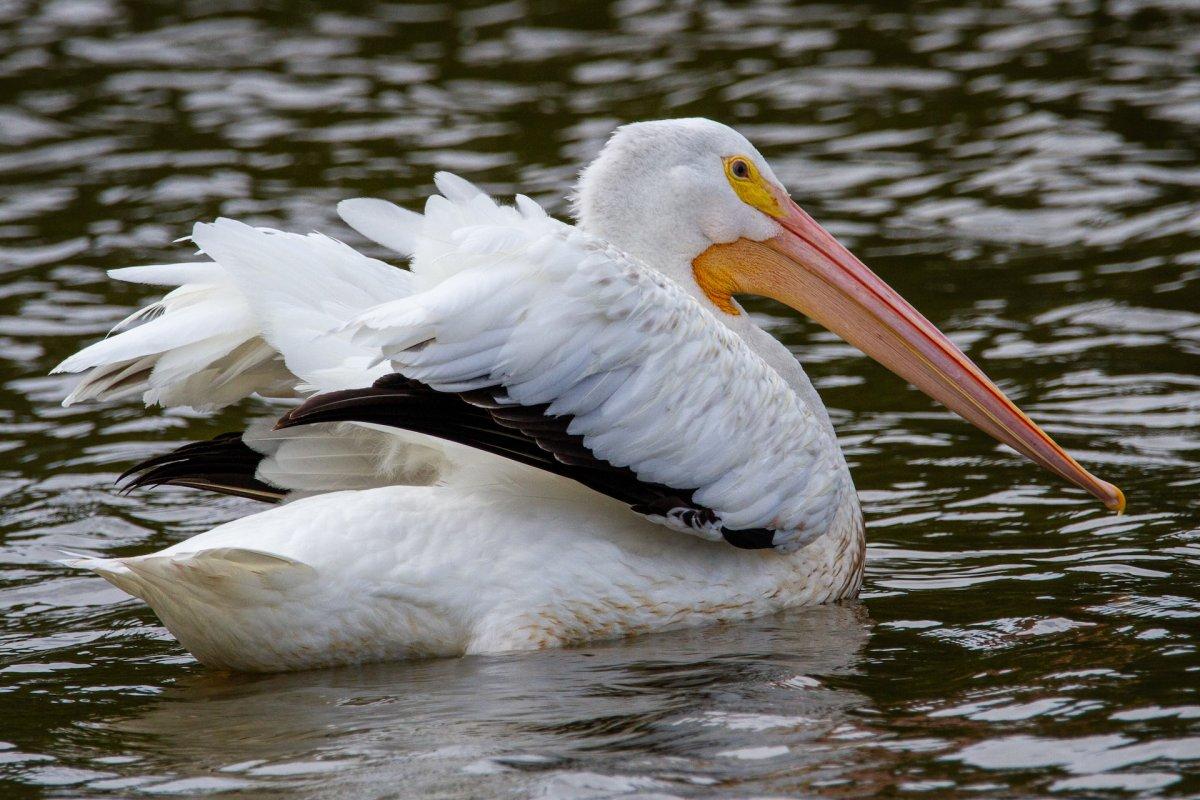
- Name: American white pelican
- Scientific name: Pelecanus erythrorhynchos
- Conservation status:
The American white pelican is a large species of soaring bird native to North America. While it breeds in interior America such as Illinois, it moves south and to the coasts in the winter.
This bird is large and has a huge bill. It can often be seen in colonies of several hundred pairs, and it mainly feeds on fish, although it doesn’t dive to find it, unlike most other pelicans.
2. Virginia opossum
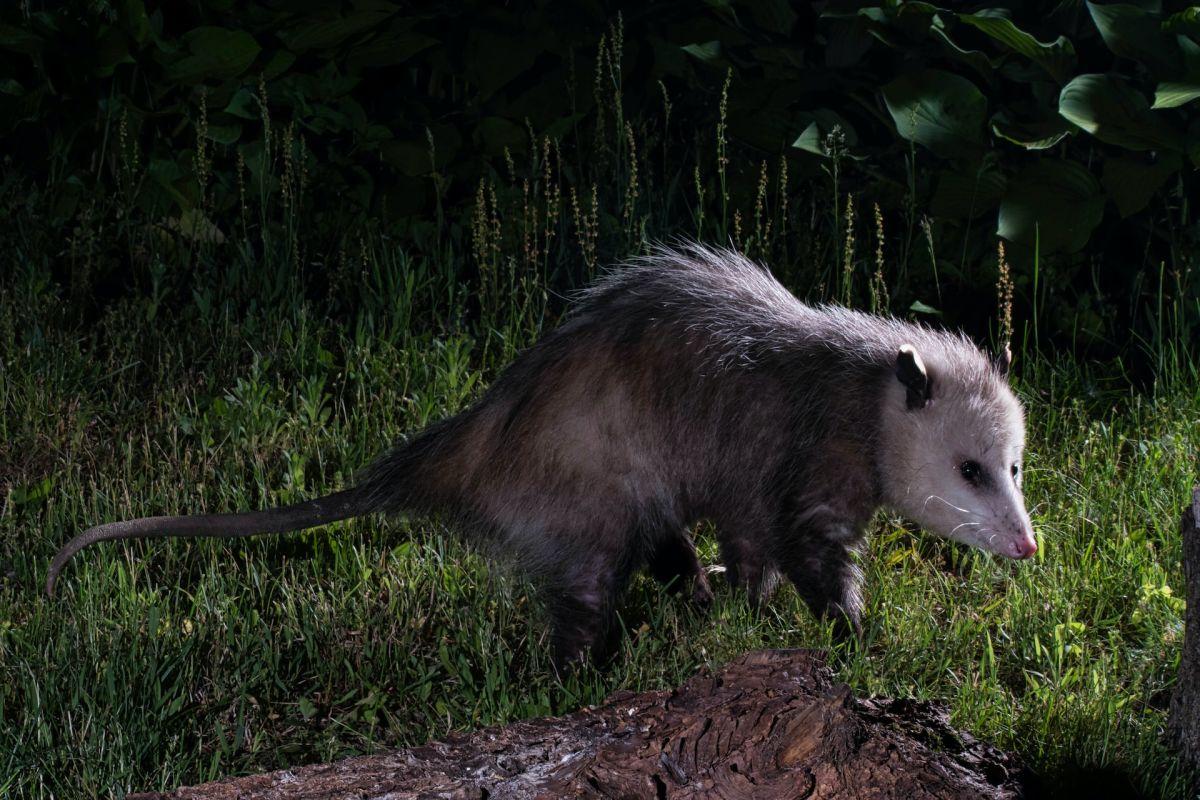
- Name: Virginia opossum
- Scientific name: Didelphis virginiana
- Conservation status:
The Virginia opossum, also known as the North American opossum and often referred to as the possum, is a species of marsupial native to Central and North America. Before the arrival of Europeans, Illinois used to be the northernmost part of its range, but it can now be found in Canada, and it thrives in urban areas.
This marsupial is omnivorous and feeds on a broad range of plant material, as well as carrion, fish, eggs, and small mammals.
3. American black bear
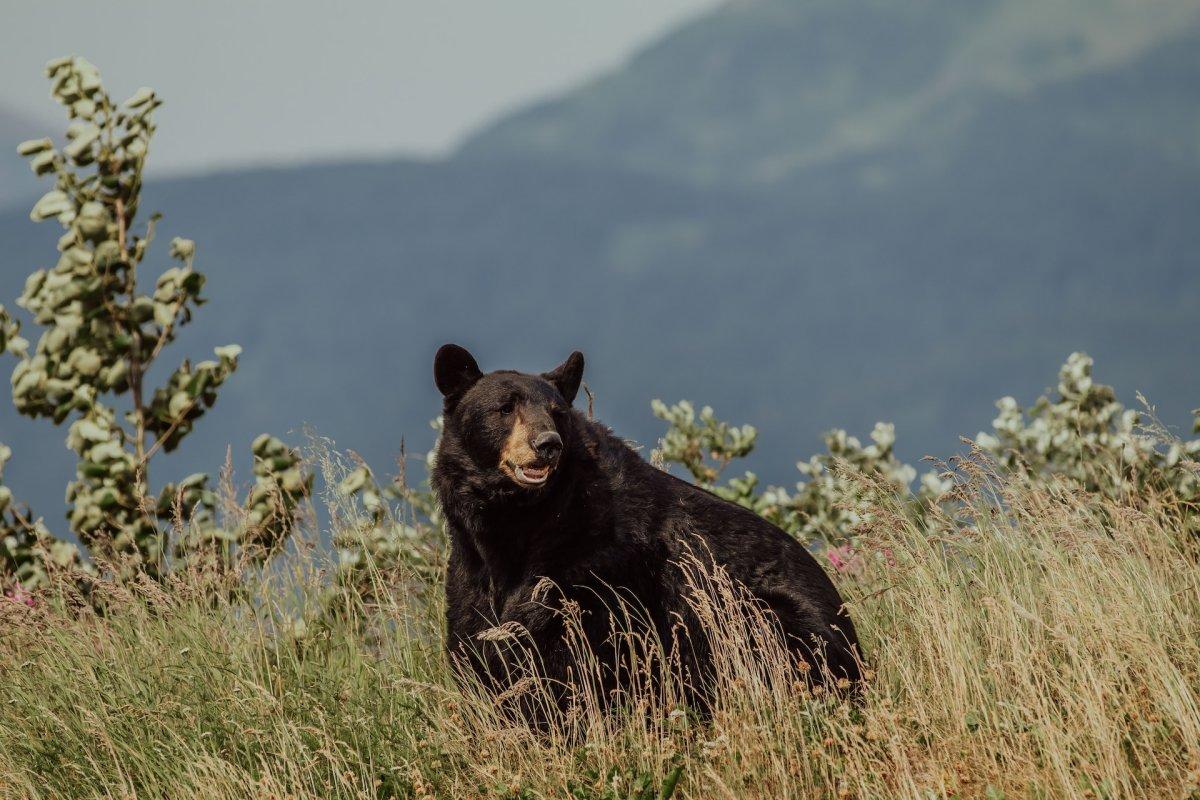
- Name: American black bear
- Scientific name: Ursus americanus
- Conservation status:
The American black bear, also known as the black bear, is a medium-sized species of bear endemic to North America, where it is the most numerous and widespread bear. Although it mostly lives in the forests of the continent, it is sometimes attracted to suburban and urban areas due to the immediate availability of food.
This bear is further divided into multitudes of subspecies and can be found all around the United States. However, its range is now much smaller than it used to be, as it suffered from hunting and habitat loss.
4. Alligator snapping turtle
- Name: Alligator snapping turtle
- Scientific name: Macrochelys temminckii
- Conservation status:
The alligator snapping turtle is a dreadful and powerful species of spiny turtle native to the United States. It lives in freshwater habitats, and is known for its incredibly strong jaws, which can bite through the handle of a broom and even cleanly bite off fingers!
This turtle can be found in western Illinois, where it is locally considered endangered, although its global assessment is “Vulnerable”.
5. Osprey
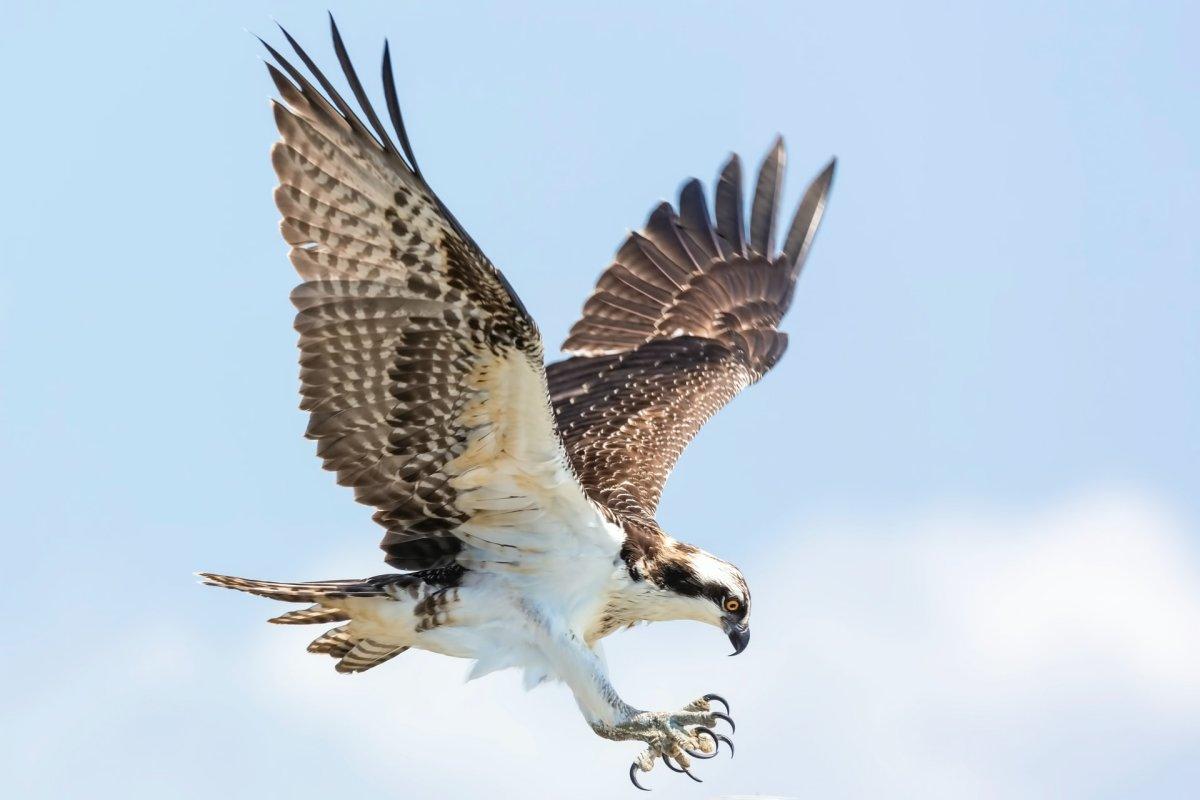
- Name: Osprey
- Scientific name: Pandion haliaetus
- Conservation status:
The osprey, also known as the river hawk, the fish hawk, or the sea hawk, is a large species of raptor found all around the world, usually near bodies of water: it nests near water with an adequate food supply, and is an agile predator.
As its name and habitat suggest, the osprey almost exclusively feeds on fish. Because of its unique characteristics used in hunting and catching prey, it was given its own taxonomic family.
6. Groundhog
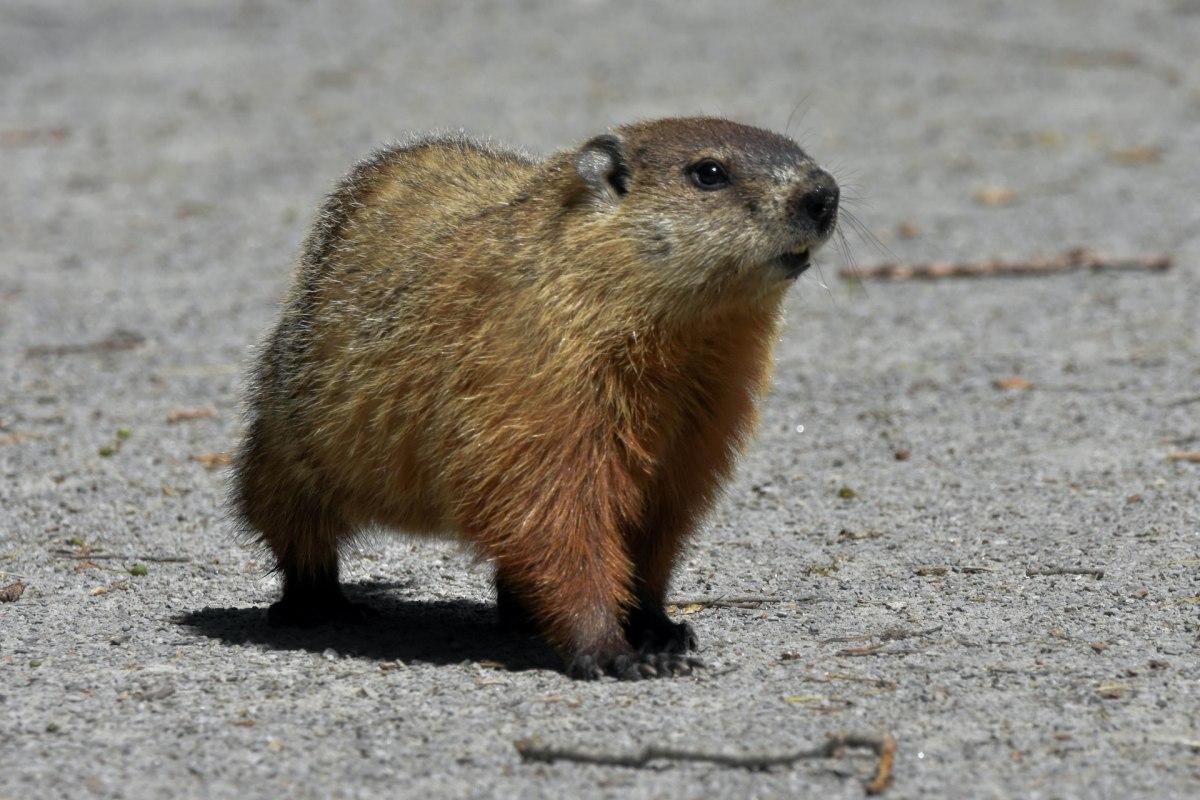
- Name: Groundhog
- Scientific name: Marmota monax
- Conservation status:
The groundhog, also known as the woodchuck, the weenusk, the moonack or the groundpig, is a large species of rodent native to the eastern United States and most of Canada. It lives in large aggregations and does not form long, stable relationships between males and females.
Depending on the area, groundhogs are more or less threatened; in Illinois, their numbers are decreasing. Parasitism, hunting for game, and predation are all serious threats to this species.
7. Thirteen-lined ground squirrel
- Name: Thirteen-lined ground squirrel
- Scientific name: Ictidomys tridecemlineatus
- Conservation status:
The thirteen-lined ground squirrel, also known as the leopard ground squirrel, the squinney, or the striped gopher, is a species of ground squirrel with a wide distribution, from Texas in the south to central Canada in the north.
This squirrel lives in the grasslands and prairies of the northern half of Illinois, where it is active by day. It feeds on seeds, grasses, caterpillars, mice, and grasshoppers.
8. Eastern raccoon
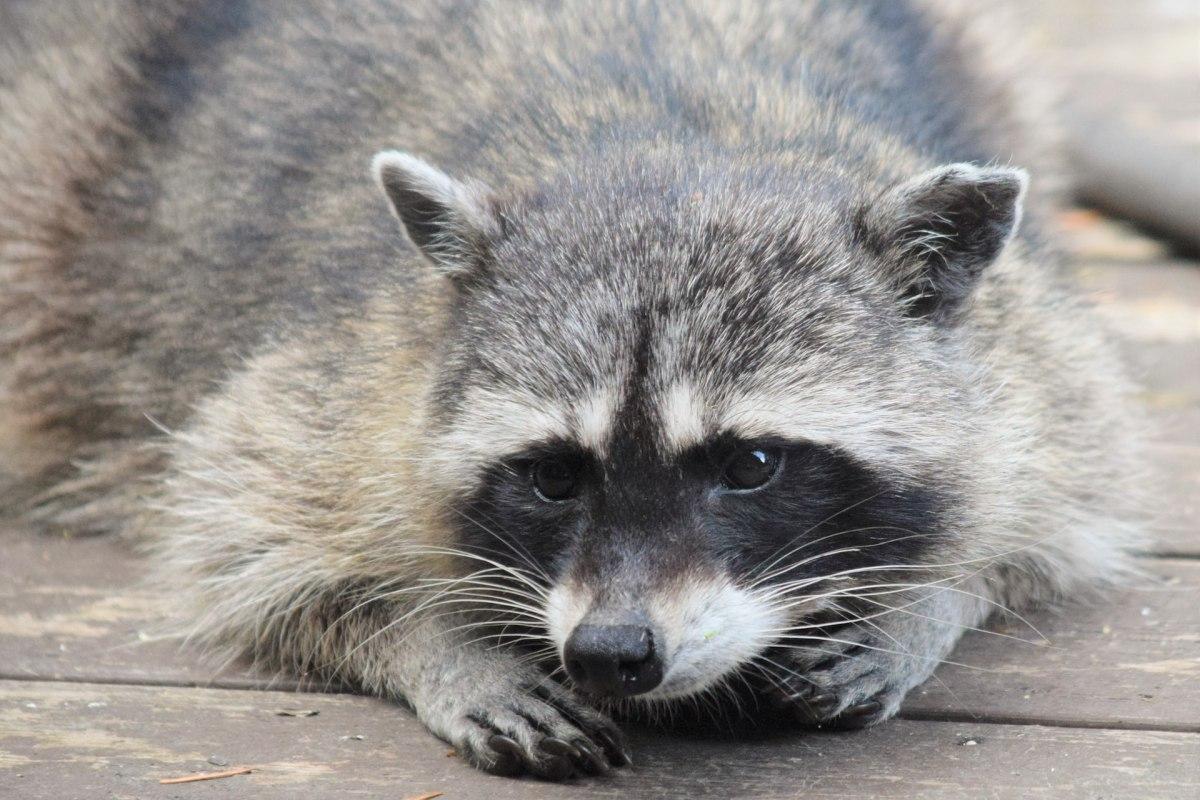
- Name: Eastern raccoon
- Scientific name: Procyon lotor lotor
- Conservation status:
The eastern raccoon is a subspecies of the raccoon found throughout much of the eastern United States, which includes for instance southern Illinois, western Kentucky, Indiana, and eastern Tennessee.
The raccoon is known for its black facial mask that makes it look like a bandit, as well as its long, ringed tail. It is often seen around human areas, usually looking for food in the garbage.
9. Coyote
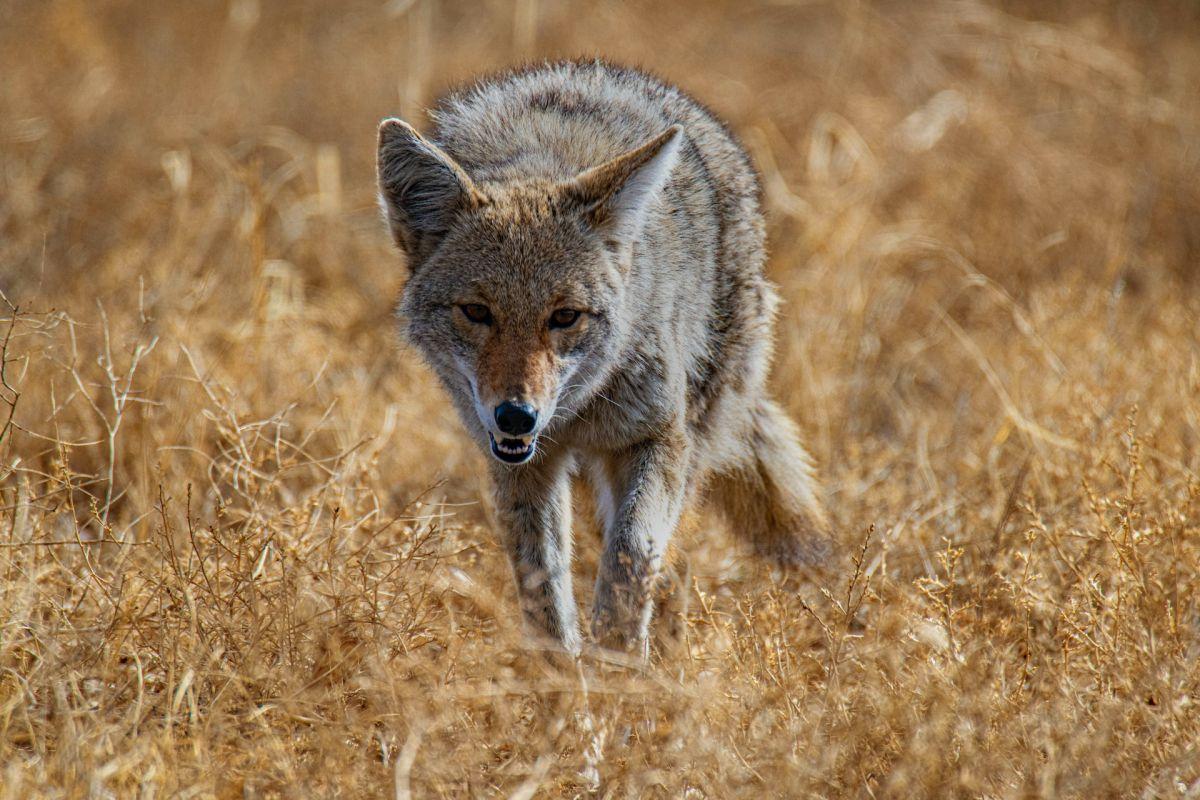
- Name: Coyote
- Scientific name: Canis latrans
- Conservation status:
The coyote is North America’s most emblematic canine: it is endemic to the continent and can be found all around it. It is divided into 19 subspecies and is often considered a nuisance and has a negative image. It is extremely successful as a species, is highly versatile, and can thrive in human-disturbed areas.
Interestingly enough, Illinoisan coyotes are unique in the sense that they show more wolf ancestry than others.
10. Big brown bat
- Name: Big brown bat
- Scientific name: Eptesicus fuscus
- Conservation status:
The big brown bat is a species of vesper bat native to much of North and Central America and as far south as the northwestern tip of South America. It is insectivorous and majorly feeds on beetles, and often roosts in sheltered areas such as caves, tunnels, tree cavities, and human structures.
The Illinoisan populations of big brown bats majorly feed on scarab beetles, ground beetles, shield bugs, and cucumber beetles.
11. Bobcat
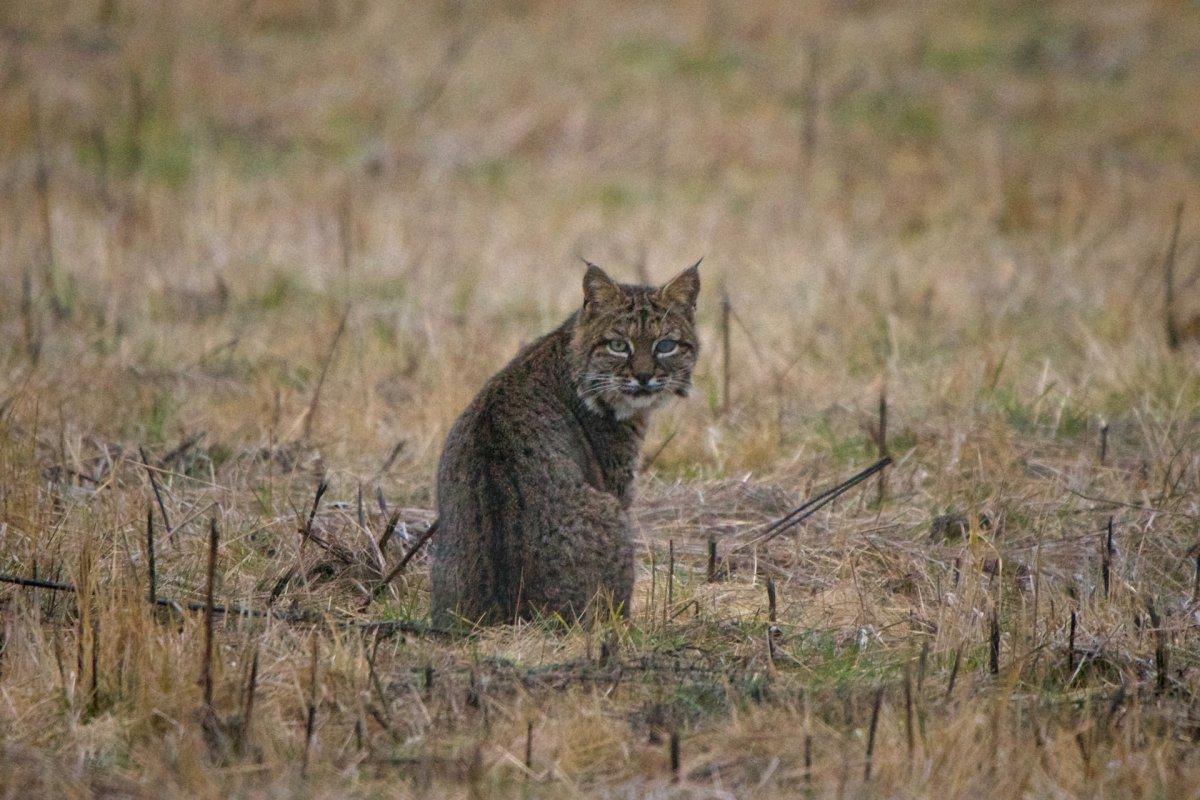
- Name: Bobcat
- Scientific name: Lynx rufus
- Conservation status:
The bobcat, also known as the red lynx, is a medium-sized species of wild cat native to almost the entirety of the United States. It has a reddish-brown coat with black spots, as well as a bobbed tail, which gives it its name.
While it is considered endangered in some states, it was removed from the threatened list in Illinois in 1999 and is now very common and widespread in the state.
12. Nine-banded armadillo
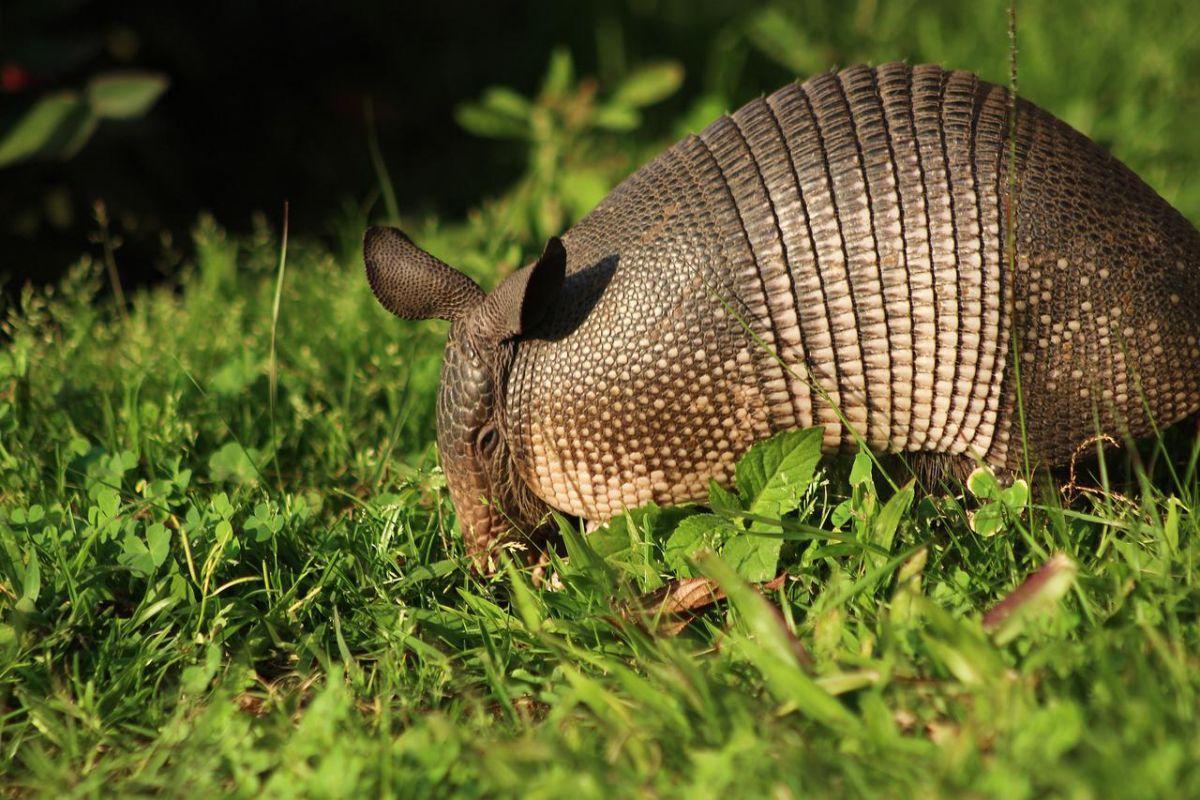
- Name: Nine-banded armadillo
- Scientific name: Dasypus novemcinctus
- Conservation status:
The nine-banded armadillo, also known as the common long-nosed armadillo or the nine-banded long-nosed armadillo, is the most widespread of the armadillos, as it can be found from South to North America, with the northernmost part of its range being southern Illinois.
Although pretty rare in the state, the nine-banded armadillo was sighted several times in Illinois. In fact, its range in the United States is increasing due to the lack of natural predators in the country.
13. Plains pocket gopher
- Name: Plains pocket gopher
- Scientific name: Geomys bursarius
- Conservation status:
The plains pocket gopher is a medium-sized species of rodent native to the Great Plains of North America, hence its name. It is one of the most highly fossorial rodents in all of North America, which means it spends most of its time underground.
This rodent particularly likes deep, friable soil in which it can easily burrow. It is herbivorous and feeds on plant roots, and shares its tunnels with various other species such as flies, carrion beetles, and cave crickets.
—
So there you have them, these were the 13 animals that live in Illinois. I hope you enjoyed this list and that you learned something new today.
In case you want to learn more about Illinois wildlife and the rest of the United States, feel free to keep reading, as I still have lots of things to tell you about:
Endangered Animals of Illinois
This is definitely the saddest part of the list, but it is very important to raise awareness. Because of this, let’s go through the list of endangered animals in Illinois.
Here are the animals in danger of extinction in Illinois (including the rest of the United States as well).
- Thicktail chub
- Steller’s sea cow
- Black mamo
- Phantom shiner
- Labrador duck
- and 51 more…
- Marbled darter
- Red wolf
- Spoon-billed sandpiper
- Ivory-billed woodpecker
- Bog turtle
- and 61 more…
- Red-crowned amazon
- Whooping crane
- Phoenix petrel
- Spotted turtle
- Salt-marsh harvest mouse
- and 169 more…
To see the full list of endangered species in Illinois, head over to the International Union for Conservation of Nature’s Red List.
What is the State Animal of Illinois?
Illinois state animal is the white-tailed deer.
The white-tailed deer is the state animal of multitudes of states. It was chosen as Illinois’ state animal by schoolchildren in 1980.
This deer is extremely widespread and common in the United States; in fact, its numbers reach well into the millions, and it can be found all around Idaho, in its grasslands, foothills, and mixed forests.
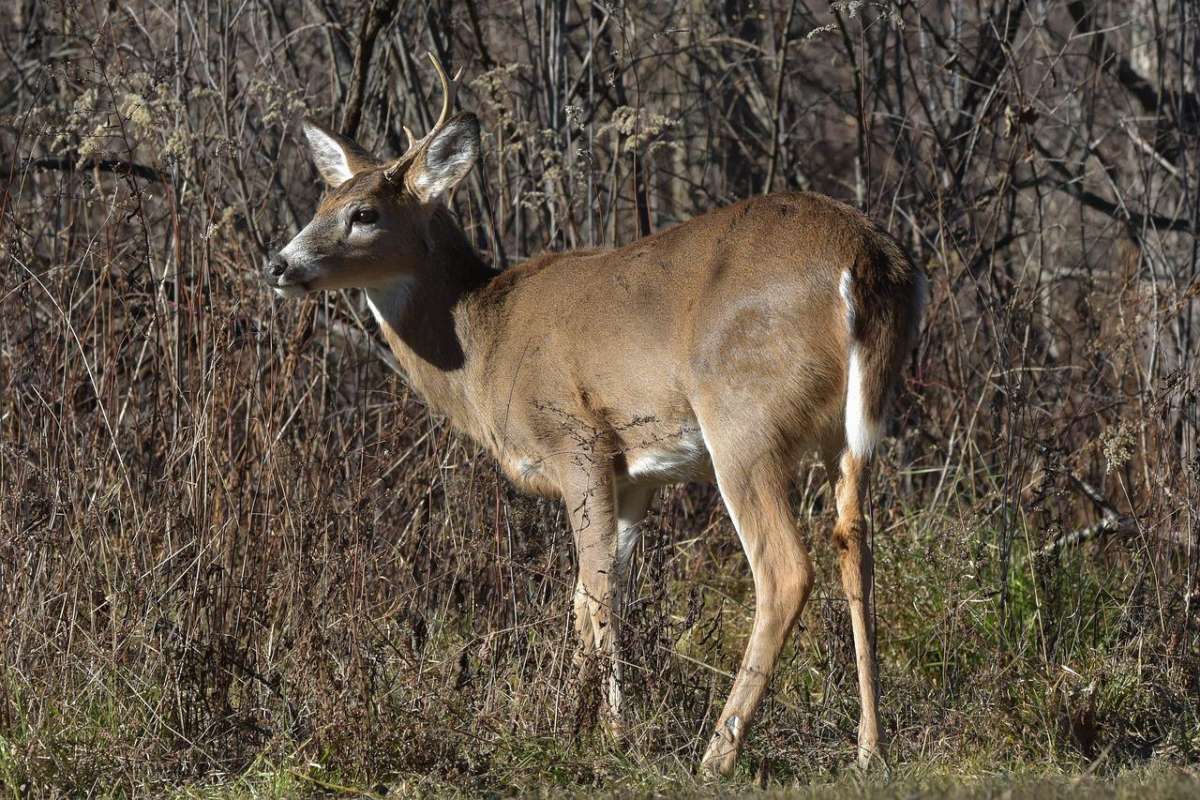
How Many Animals Native to Illinois?
What is the diversity of native animals in Illinois?
Let’s look at the total number of species of Chordata (mammals, birds, fishes, and reptiles).
Total number of animal species in Illinois: 5,838 (5,879 in total in North America)
More About Animals in the World!
Loved these facts about the native animals of Illinois? Want to see what animals live in other countries?
Then check out these posts:
Or click here to see ALL the facts up on the blog! Spoiler alert: there’s A LOT of them.
Share the knowledge! Click on the buttons below to share information about these common animals in Illinois with your friends, and help them learn more about the world 🙂
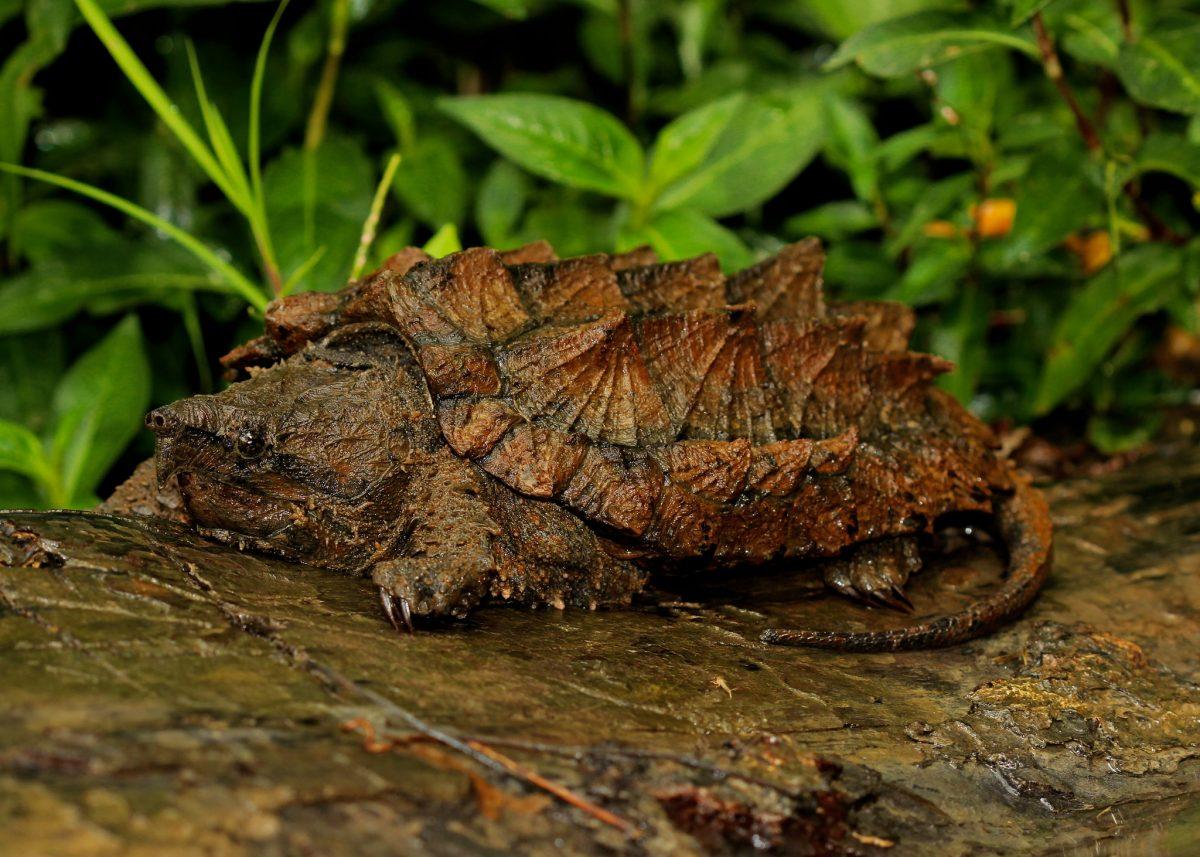
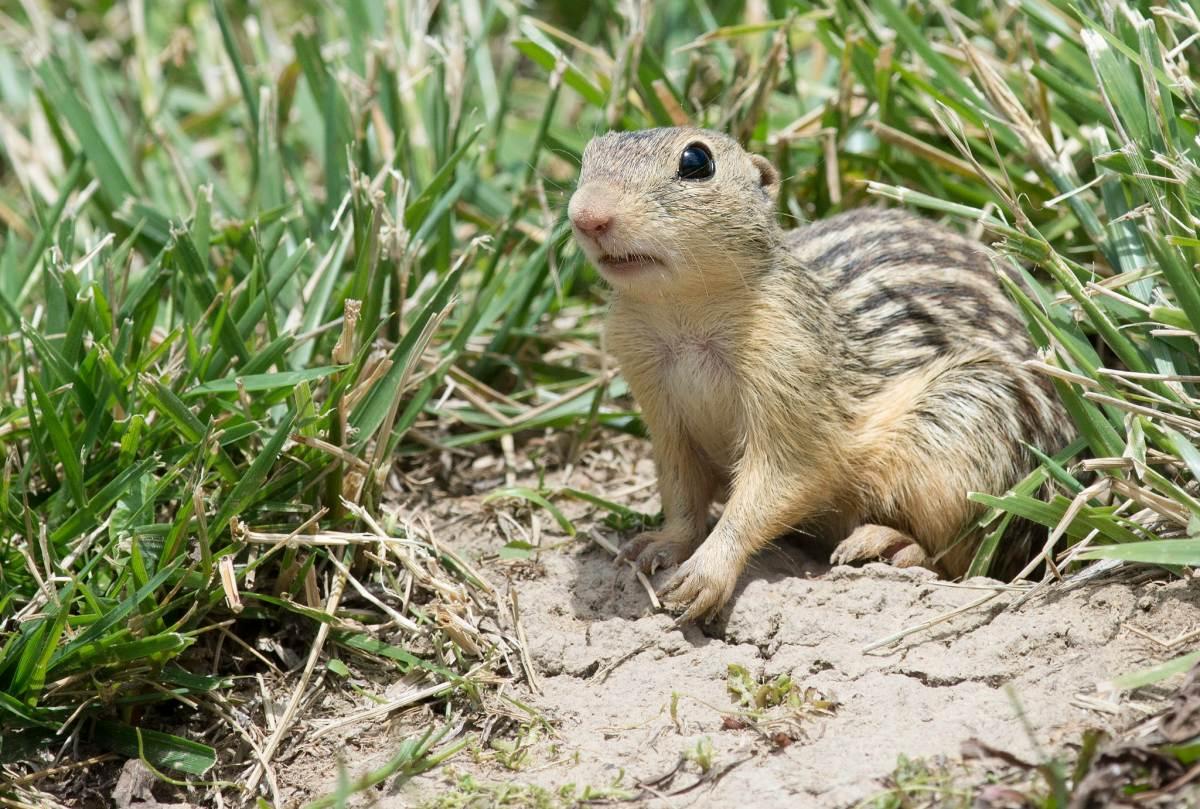
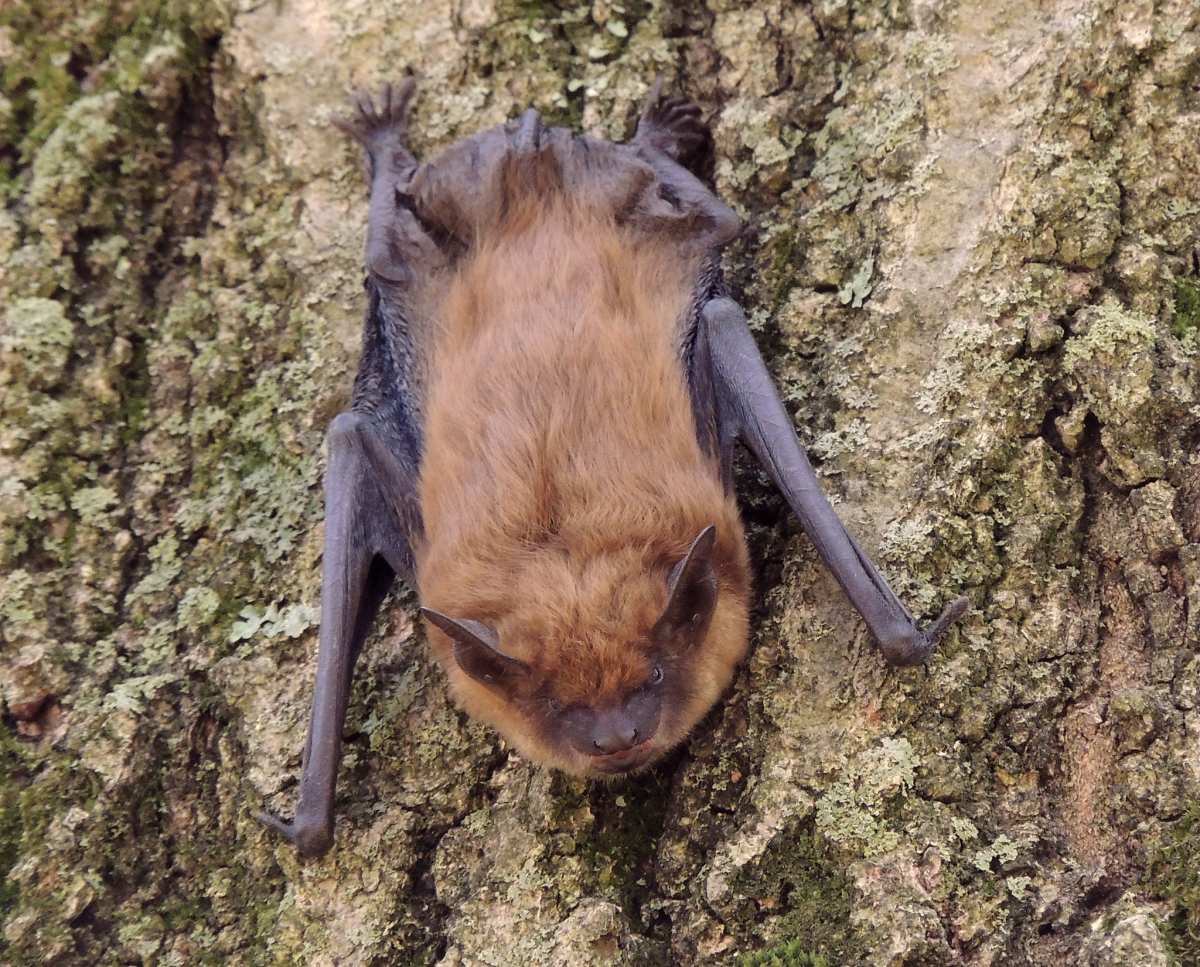
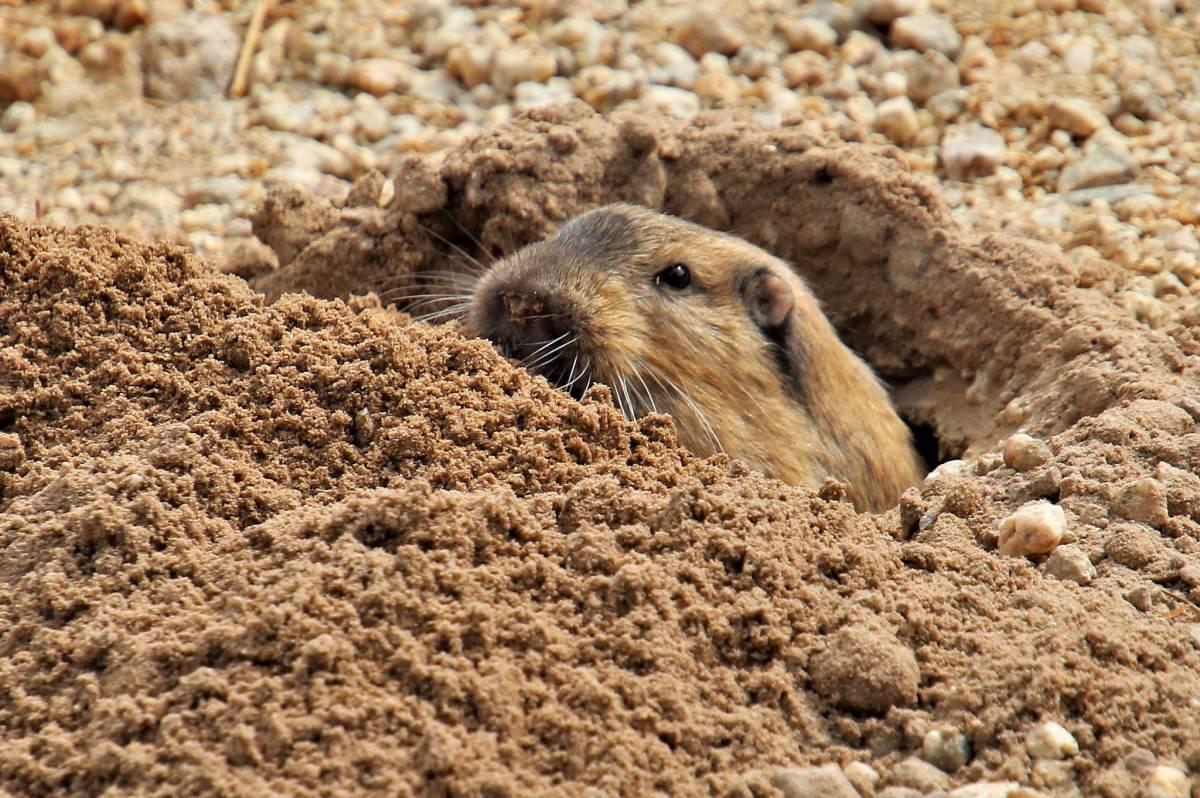

![10 Wild Animals in Liberia [Wildlife in Liberia]](https://www.kevmrc.com/wp-content/uploads/2022/12/10-wild-animals-in-liberia.jpg)
![21 Wild Animals in The Dominican Republic [Wildlife in The Dominican Republic]](https://www.kevmrc.com/wp-content/uploads/2022/06/21-wild-animals-in-the-dominican-republic.jpg)
![19 Wild Animals in Queensland [Wildlife in Queensland]](https://www.kevmrc.com/wp-content/uploads/2023/01/19-wild-animals-in-queensland-australia.jpg)